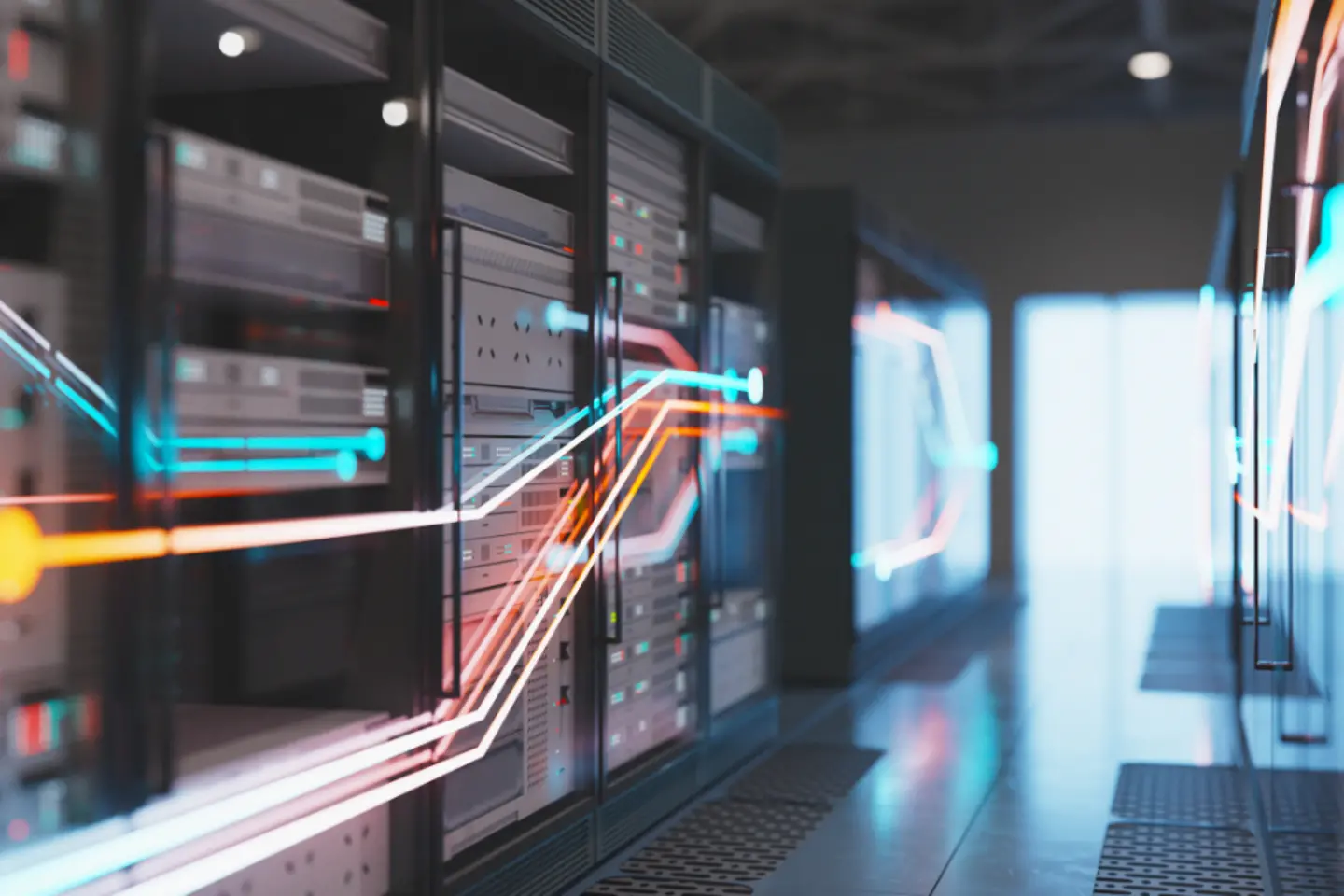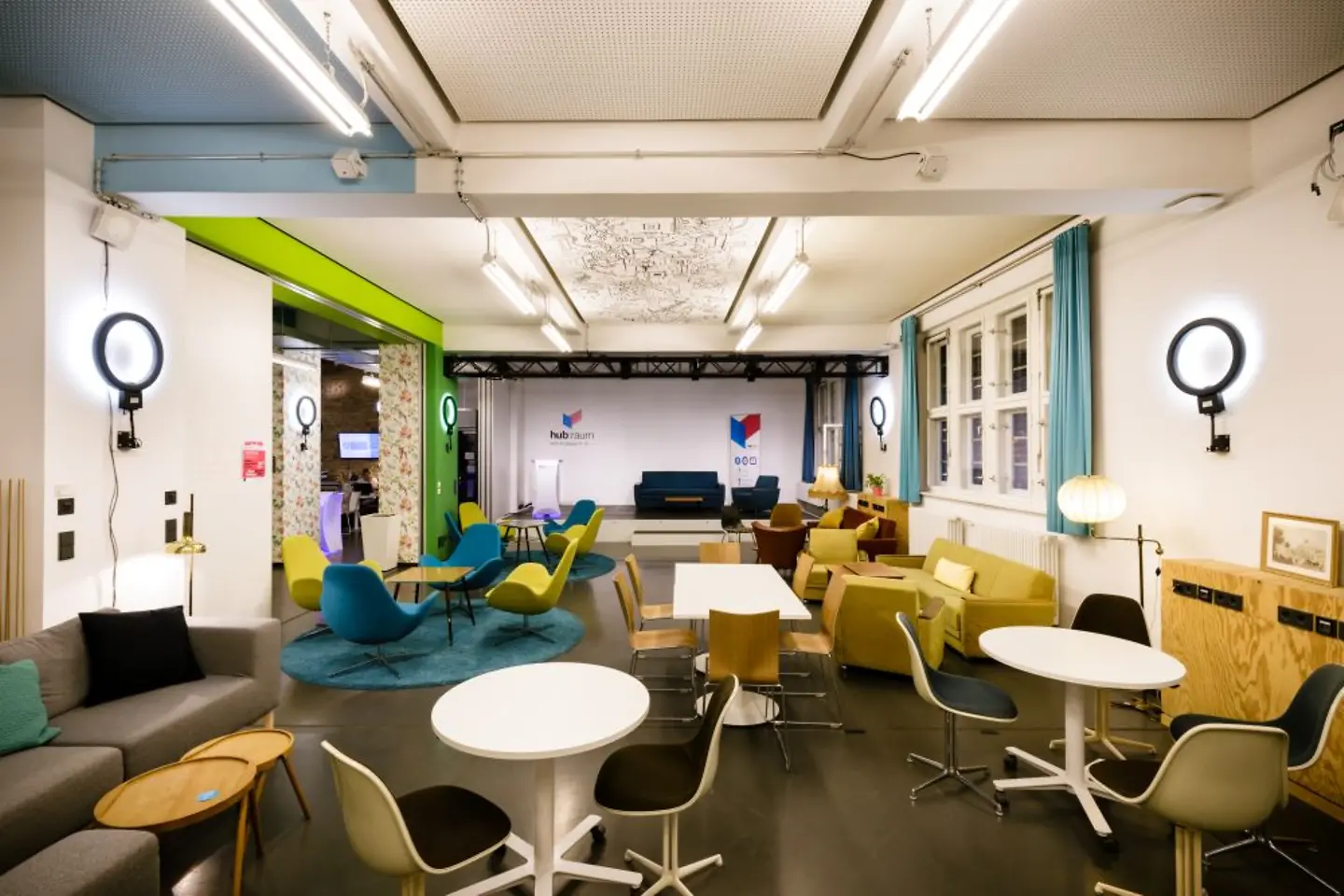
Enterprises need to tackle the issues surrounding mainframes and their modernization. After all, in many business sectors, mainframe computers from giants like IBM remain an indispensable component of the IT landscape. However, operating expenses, incalculable licensing costs, and a scarcity of expertise present companies with specific challenges. With zFuture, T-Systems offers three scenarios for modernization.

For many companies – predominantly in the banking, insurance, telecommunications, and transport sectors – mainframe systems continue to be an essential part of their IT and computing landscape. Each day, mainframe technology processes millions of transactions consistently, reliably, and securely. Moreover, these powerful computers host vital product and personal data and provide storage for other strategic information. Some 71 percent of Fortune 500 companies, all 10 of the world's largest insurers, 18 of the 25 largest retailers, and 23 of 25 of the largest airlines rely on mainframe technology¹.
Nevertheless, successful utilization should not obscure the challenges enterprises face operating mainframe computers. Increasingly, they are under high pressure, sometimes incalculable, running and licensing costs and losing expertise as IT personnel turnover. What's more, a change in perspective or strategic realignment is necessary concerning the use of technologies such as cloud computing and (in combination with) artificial intelligence and machine learning.
Cloud technologies offer a competitive edge when using mainframe computers. Consequently, businesses must ask themselves: do we want to dispense with our reliable workhorse, or is it worthwhile identifying ways to ensure its fitness for the future?
T-Systems' position: mainframe modernization is possible, although it is complicated and sometimes time-consuming. After all, mainframe computing has been in use since the 1970s. But businesses' IT operations are subject to ongoing change. Mainframe applications have become increasingly more important as they develop and expand, making them more complex and critical to business success.
It’s not so easy to move business-critical mainframe applications from A to B. The risk of outages, the loss of strategically valuable data, and user disruption is enormous. This is also the case when transforming a workhorse into a racehorse. If you have decided to turn your trusty steed into a winning racehorse, the trainer, training methods, and nutrition play a crucial role. And it takes time to get your racehorse fit to face the competition. The same applies to mainframe computers. Every IT landscape is unique, from in-house customizations to standard applications, from the programing language used to industry-specific features; organizations must consider them during the transition and transformation.
Companies must ask themselves: should we give up our reliable mainframe, or is it worth making it fit for the future?”
Carola Böttcher, PreSales Consultant
With over three decades of experience in mainframe technology, mainframe modernization, and mainframe migration, coupled with strategic partnerships with leading cloud platform providers, T-Systems supports businesses in adapting to new technologies and leveraging the potential of new fields of application. Against this backdrop, we offer three different scenarios for mainframe modernization:
The suitability of each scenario is contingent on the individual use case, customer wishes, and particular situation. To this end, T-Systems has developed the zFuture Modernization Suite for modern mainframes.
Replatforming
If you want to quickly switch an app to off-mainframe operation, replatforming is the correct first step. This entails migrating the mainframe application to a modern x86 Linux environment. Following the migration, the app operates within a cloud infrastructure. For a migration of this kind, you may have many migration options to choose from.
The result of the migration is broadly cloud-native, depending on the chosen approach. Once the migration is complete, you can enjoy the advantages of modern environments, such as flexibility, compatibility, scalability, performance improvements, and often a cheaper platform.
Next, the app is modernized incrementally through refactoring/rearchitecting/rebuilding. This generally involves optimizing application structures that are no longer up to date, replacing application components with standardized external components if necessary, or redeveloping parts of other, typically business-critical areas.
Since modernizing the app takes place directly in the target landscape, the benefits of this landscape can be fully utilized and implemented. This scenario is chosen by those looking to do away with ever-increasing licensing, hardware, and software costs.
To utilize the benefits of replatforming, it is essential to thoroughly analyze the current mode of operation (CMO) and address the risks early on in the development process in line with the shift-left paradigm.
Refactoring
Refactoring/rearchitecting/rebuilding are the steps to take if an application – one based on Cobol, for example – must be modernized on the mainframe in advance and subsequently set up in a platform-independent manner. The key phrase here is: “cleaning up.” The app is cleaned up and thus brought up to date, resulting in a modern and cloud-ready Java application.
To realize this, various actions utilizing state-of-the-art tools are necessary. For example, to identify an app’s functional entities and interfaces with the help of clustering and then modernize them with a planned, step-by-step approach. The result is a service-oriented architecture, which must support numerous external interfaces, for example, to surrounding systems.
To establish this connection, we use T-Systems’ zWebConnector solution, a high-performance tool for realizing real-time connections irrespective of the direction of integration between the mainframe and the cloud workload.
Rehosting
If your contract with your mainframe provider is due to expire and you are looking for an opportunity to set up your own mainframe, rehosting in a service provider’s shared mainframe environment is a viable alternative.
Organizations should consider this approach if they are using apps nearing the end of their life cycle, where significant investment in modernizing them would not be cost-effective. The same applies to situations where they must address resource problems. They can significantly reduce regular operating costs and the costs of once-necessary in-house developer teams with the help of T-Systems Managed Services for mainframe structures. Our teams ensure our customers can integrate and operate their applications with peace of mind and at a lower cost.
Is an analysis always necessary?
Before businesses begin adjusting their mainframe systems, a thorough analysis is needed to identify the modernization potential and possible benefits. A systematic application and/or infrastructure analysis is vital for a transformation project.
That’s why our application assessment is a component of every one of our customers’ zFuture mainframe modernization plans. It provides an insight into the applications, their criticality, characteristic features and processing requirements, forming the basis of every modernization project. Moreover, we can use the assessment to help customers deal with legacy issues, such as cleaning up dead code and obsolete databases, and identify cost savings.
The approaches described above show that it is possible to modernize the mainframe or, metaphorically speaking, turn a workhorse into a racehorse. We have pooled our 30 years of mainframe modernization expertise and know-how into our zFuture Mainframe Modernization Suite.
T-Systems employs over 900 mainframe experts who work on a variety of customer projects throughout the globe. We are continuously developing and expanding our mainframe know-how against the backdrop of technological development toward the cloud. An outstanding proven technology partner portfolio supports modernization projects by increasing the level of automation when modernizing applications and by executing modernization projects efficiently and effectively. T-Systems is a strategic partner for Managed Cloud Services on the globally leading cloud platforms offered by Microsoft, Google, and Amazon Web Services (AWS).
The Telekom subsidiary also offers cloud solutions such as Open Telekom Cloud, FCI (the private cloud solution from T-Systems), and Sovereign Cloud powered by Google Cloud. This way, we combine our extensive and longstanding expertise in mainframes and their modernization with the cloud environment's vision and capabilities.
¹ 9 Mainframe Statistics, author: Precisely, 2022